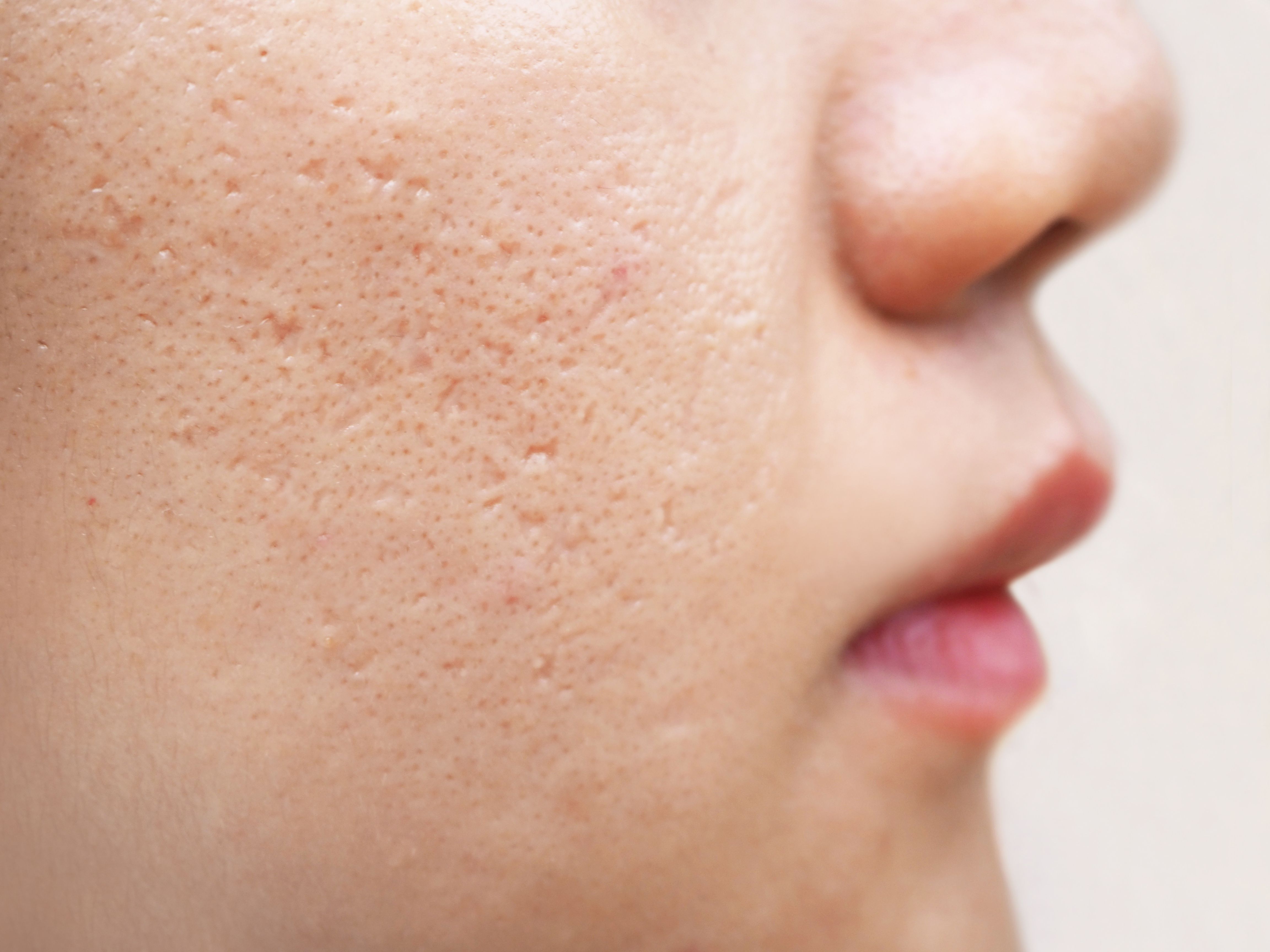- Acne
- Actinic Keratosis
- Aesthetics
- Alopecia
- Atopic Dermatitis
- Buy-and-Bill
- COVID-19
- Case-Based Roundtable
- Chronic Hand Eczema
- Chronic Spontaneous Urticaria
- Drug Watch
- Eczema
- General Dermatology
- Hidradenitis Suppurativa
- Melasma
- NP and PA
- Pediatric Dermatology
- Pigmentary Disorders
- Practice Management
- Precision Medicine and Biologics
- Prurigo Nodularis
- Psoriasis
- Psoriatic Arthritis
- Rare Disease
- Rosacea
- Skin Cancer
- Vitiligo
- Wound Care
News
Article
Positive Correlation Between Acne and BMI in Adolescent Patients in Sudan
Author(s):
Key Takeaways
- High BMI and older age are associated with increased acne risk in Sudanese adolescents, particularly females.
- Sudan has the highest reported prevalence of adolescent acne among African countries, with significant sociodemographic and environmental factors.
A new study reveals a significant link between acne prevalence and high BMI in Sudanese adolescents, highlighting gender differences and the need for further research.
Image Credit: © dermnetnz.org

A study from northern Sudan found a positive association between the development of acne and high body mass index (BMI) in adolescents.1 Older, female patients also had a higher disease risk. There is little to no literature that explores the connection between acne and BMI in adolescents. Prior to this, no studies on the clinical patterns of acne in Sudanese adolescents existed.
The cross-sectional survey included 177 male and 297 female adolescent patientsin 4 primary and secondary schools of the Almatamah locality on the River Nile in Sudan. The trial was conducted from July to September 2022. Sociodemographic information was collected with a questionnaire and weights and heights were recorded to measure BMI.
All patients were between the ages of 11 and 19, and the median age was 15.1. Approximately 77% of patients were between 14 and 17 years old. Moreover, the median BMI was 18.4. The Global Acne Grading System (GAGS) was used to assess the severity of acne on the forehead, cheeks, nose, chin, and torso. Each acne lesion (comedone, papule, pustule, and nodule) was graded.
About 37% of participants had acne that was mild (28.4%), moderate (7.3%), or severe (0.8%). The patients were also asked about their age at the onset of their disease, which ranged from 13 to 15 years old. Additionally, 24% of participants had a family history of acne.
When compared to other African countries including Egypt (34.7%), Mali (23.0%), Ethiopia (19.4%), Tanzania (26.0%), Kenya (11.2%), Ghana (5%), Cameroon (7.7%), and Angola (23.6%), Sudan had the highest reported prevalence of adolescent acne. According to the authors, “differences in sociodemographic factors among the participants, their nutritional status, genetic background, environmental factors in the different regions, and hormonal and immunological differences in the different populations could explain the difference in the prevalence of acne among African countries.”
Age and BMI were significantly higher in those with acne. More specifically, the age group 14‒17 years (39.3%) had a higher prevalence compared with the age group ≤ 13 years (13.5%) and > 17 years (36.5%) (p = 0.009). A positive association was observed between age and acne (AOR = 1.21, 95% CI = 1.04–1.41) and BMI and acne (AOR = 1.10, 95% CI = 1.01‒1.14), according to the adjusted multivariate analysis. This confirms what was found in a previous study of adolescents in Ibadan, Nigeria, in which those with a high BMI were at higher risk of facial acne.2 This could be due to several inflammatory and immunological factors, including the presence of several hormones and peptides, like androgens, growth hormones, insulin, and insulin-like growth factor-1.
It was also found that females were at a higher risk of having acne (AOR = 2.59, 95% CI = 1.64‒4.08). In this sample, 70% of adolescents with acne were female. Additionally, more female patients had severe and moderately severe acne compared to males. All of the severe cases were female, along with 24 of the 28 patients with moderately severe disease. No males had severe acne, and only 2 had a moderately severe disease state (p = 0.028)
There were several study limitations to be noted. For example, cause and effect could not be assured due to the cross-sectional nature of the study. Because of this, a larger trial with a longitudinal design is recommended. Additional research can also further explore the peptides and hormones associated with acne and how they may influence the results.
References
1. Alotaibi MK, Adam I. Prevalence of Acne and Its Association With Increased Body Mass Index Among Adolescent Schoolchildren in Northern Sudan: A Cross-Sectional Study. Health Sci Rep. 2025;8(4):e70688. Published 2025 Apr 20. doi:10.1002/hsr2.70688
2. Okoro EO, Ogunbiyi AO, George AO, Subulade MO. Association of diet with acne vulgaris among adolescents in Ibadan, southwest Nigeria. Int J Dermatol. 2016;55(9):982-988. doi:10.1111/ijd.13166
Newsletter
Like what you’re reading? Subscribe to Dermatology Times for weekly updates on therapies, innovations, and real-world practice tips.











